16 Seasonal Superfoods to Add to Your Diet This Fall
The fall season brings an abundance of superfoods that are both nutritious and flavorful. These foods are rich in vitamins and minerals, making them perfect additions to your diet during the cooler months. Many of them are in season now, offering fresh, wholesome options that support your overall health. Incorporating these superfoods into your meals can help keep you feeling your best throughout the fall.
This post may contain affiliate links, which helps keep this content free. Please read our disclosure for more info.
Pumpkin
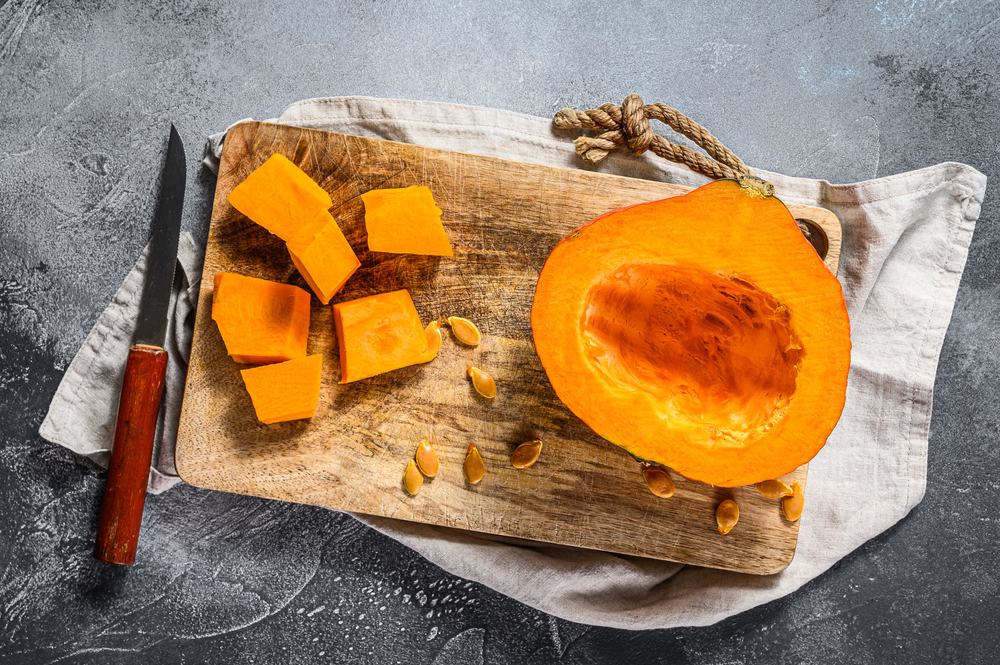
Pumpkin is a rich source of beta-carotene, which is great for eye health and immune support. This orange vegetable is packed with fiber, making it a filling and nutritious choice for fall. Whether roasted, pureed into soups, or baked into pies, pumpkin offers many ways to be enjoyed. A popular dish during the season is pumpkin soup, perfect for cooler days. Pumpkin can also be added to smoothies for a creamy texture and added nutrients.
To make a simple pumpkin soup, roast one small pumpkin, peeled and cubed, with olive oil and garlic. Blend the roasted pumpkin with vegetable broth until smooth. Season with salt, pepper, and a pinch of nutmeg. Heat through and serve with a dollop of sour cream or yogurt. Enjoy this comforting, nutrient-packed dish on chilly fall evenings.
Apples
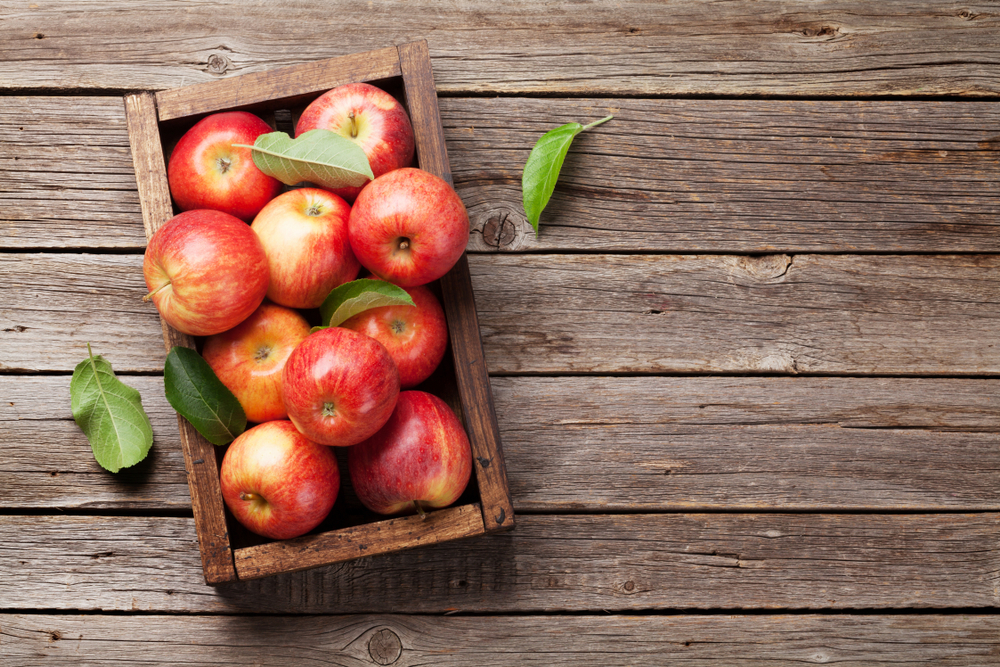
Apples are packed with fiber and vitamin C, making them a great addition to your fall diet. Known for their natural sweetness, apples can be eaten fresh or used in a variety of recipes. They are excellent in pies, crisps, and salads, offering a burst of flavor and nutrition. Apples are especially tasty when paired with spices like cinnamon and nutmeg. A simple way to enjoy apples is by adding them to your breakfast oatmeal or as a topping for yogurt.
For a simple apple crisp, slice 4 to 5 medium apples and toss with cinnamon, sugar, and lemon juice. Combine oats, flour, butter, and salt for the topping. Spread the apples in a baking dish and top with the oat mixture. Bake at 350°F for 40 minutes, until the topping is golden. Serve with a scoop of vanilla ice cream or whipped cream.
Sweet Potatoes
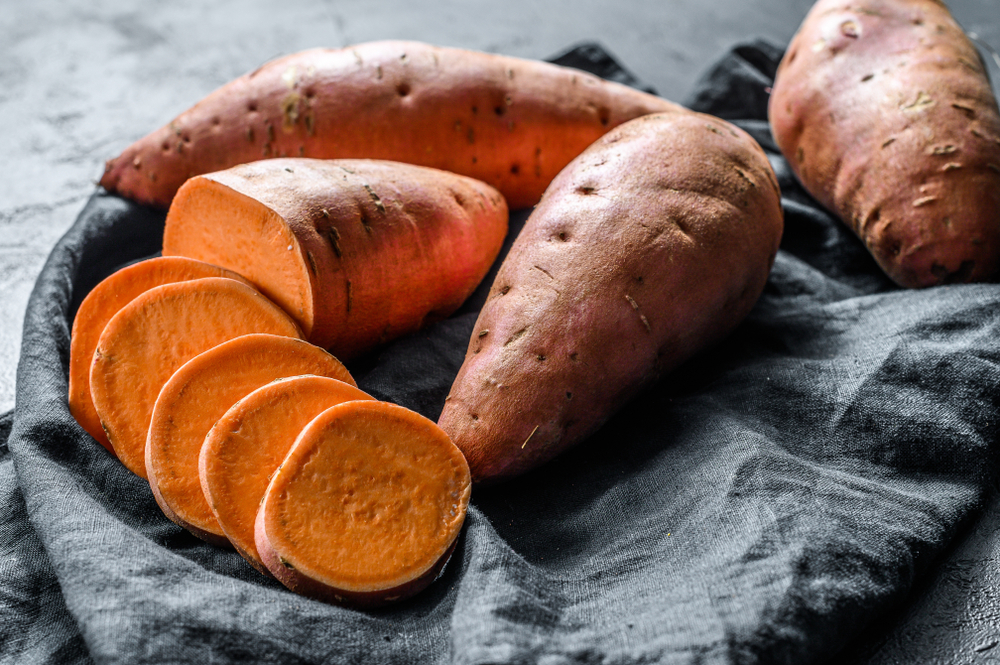
Sweet potatoes are a powerhouse of nutrients, including vitamin A, vitamin C, and fiber. These nutrient-rich tubers are naturally sweet and can be used in savory dishes, casseroles, or desserts. A popular fall dish is mashed sweet potatoes, often paired with marshmallows or cinnamon. Sweet potatoes are also delicious when roasted, bringing out their natural sweetness. They pair well with herbs like rosemary or thyme and make a perfect side for roasted meats.
To make mashed sweet potatoes, peel and boil 4 to 5 sweet potatoes until tender. Mash them with butter, a pinch of salt, and a sprinkle of cinnamon. For a savory twist, add garlic and a bit of cream. Serve as a side dish or top with marshmallows and bake for a festive touch. This easy dish is a fall favorite.
Kale
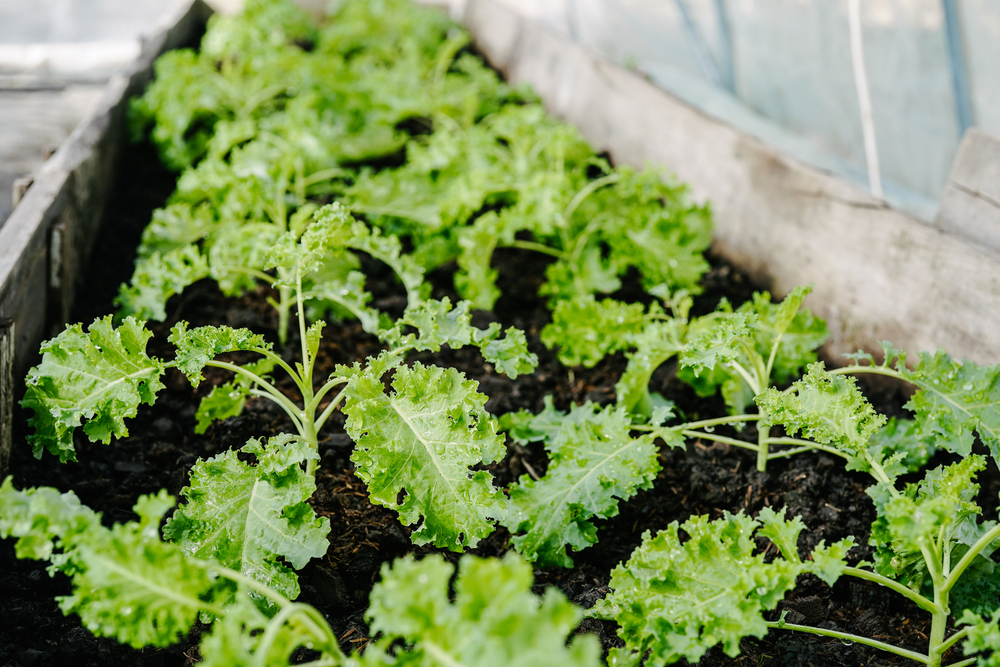
Kale is a dark leafy green that is rich in vitamins A, K, and C, as well as calcium. It is a great addition to salads, soups, or smoothies. Kale is known for its earthy flavor and high fiber content, which aids digestion. It can be eaten raw, sautéed, or baked into crispy chips. Kale is often paired with fall produce like roasted squash and apples for a wholesome salad.
To make a simple kale salad, remove the tough stems and chop the kale into bite-sized pieces. Massage the leaves with olive oil and lemon juice to soften them. Add roasted squash cubes, apple slices, and a handful of walnuts. Toss with a vinaigrette dressing and top with crumbled feta cheese. Enjoy a nutrient-packed fall salad that is both filling and flavorful.
Brussels Sprouts
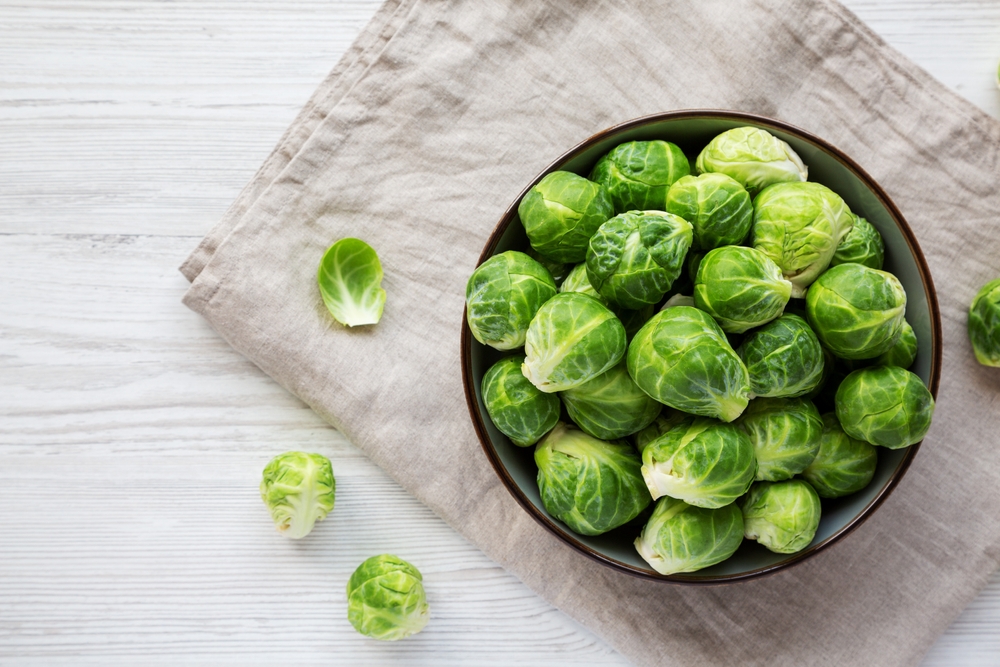
Brussels sprouts are a great source of fiber, vitamins C and K, and antioxidants. These small cabbage-like vegetables are perfect for roasting or sautéing. They have a slightly nutty flavor and can be paired with balsamic vinegar or bacon for added richness. Roasting Brussels sprouts brings out their natural sweetness, making them a delicious side dish during fall. They also make a great addition to grain bowls or mixed with other roasted vegetables.
To roast Brussels sprouts, cut them in half and toss with olive oil, salt, and pepper. Roast at 400°F for 20 to 25 minutes, stirring halfway through. For extra flavor, drizzle with balsamic vinegar or top with crispy bacon. Serve as a side dish or mix into salads and grain bowls. These roasted Brussels sprouts are a simple and tasty way to enjoy this fall superfood.
Pears
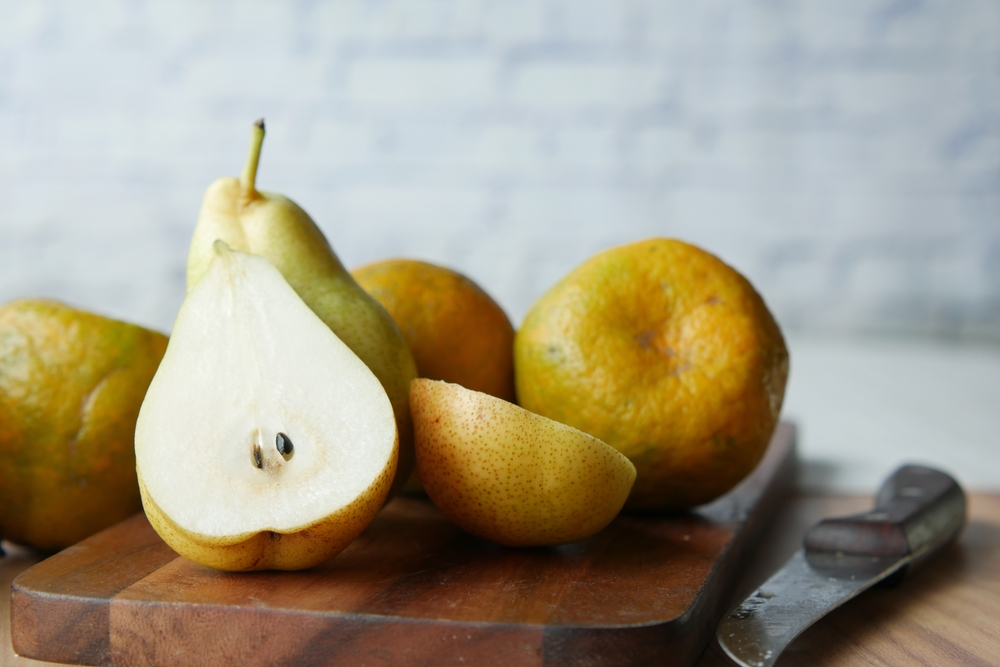
Pears are high in fiber and vitamin C, making them a nutritious and delicious choice for the fall. They add a sweet, juicy crunch to salads, baked goods, or smoothies. Pears pair well with autumn spices like cinnamon and ginger and are perfect for cozy desserts. A warm pear salad with walnuts and goat cheese is a great way to enjoy this fall fruit. You can also roast pears with honey and spices for a simple, flavorful dessert.
To make a pear salad, slice 3 to 4 pears and toss them with arugula, walnuts, and crumbled goat cheese. Drizzle with olive oil and balsamic vinegar for a tangy touch. Roast the pears with honey and cinnamon at 375°F for 15 minutes if you prefer a warm version. This salad is perfect as a starter or light main dish. Enjoy the sweet and savory flavors of fall in every bite.
Squash
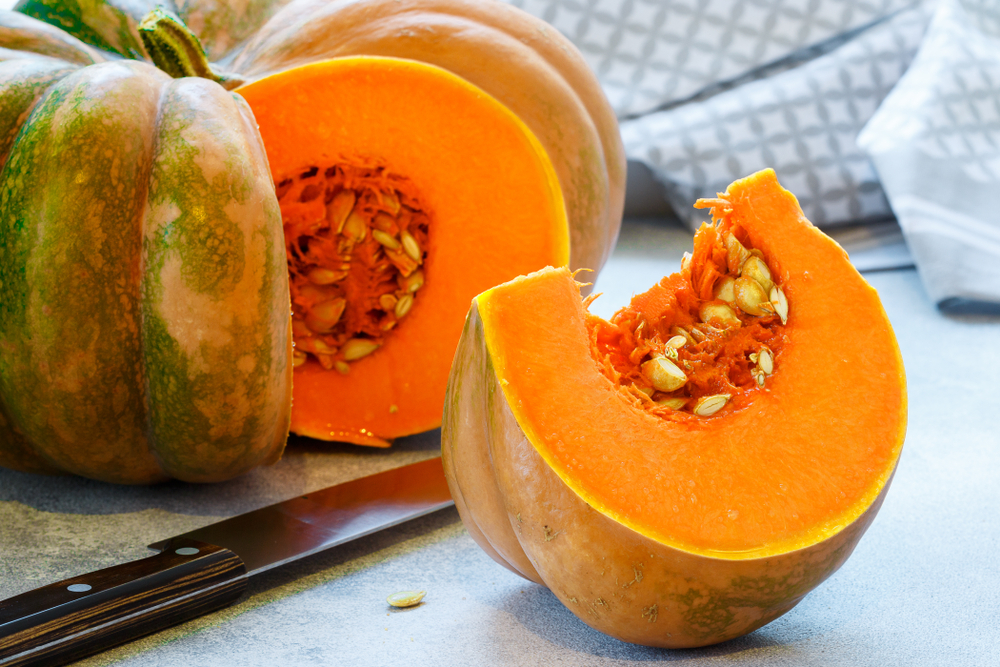
Squash, especially varieties like butternut and acorn, are rich in vitamins A and C and are perfect for fall dishes. Squash has a naturally sweet flavor and can be roasted, pureed into soups, or used in casseroles. It pairs well with warm spices like cinnamon and nutmeg, making it ideal for autumn meals. A classic dish is creamy squash soup, which is comforting and full of nutrients. Squash can also be roasted alongside other root vegetables for a hearty fall side dish.
To make squash soup, roast peeled and cubed squash with olive oil and garlic. Once roasted, blend the squash with vegetable broth until smooth. Season with salt, pepper, and a pinch of cinnamon for added flavor. Heat through and serve with a dollop of sour cream or yogurt. This creamy soup is perfect for a warming fall meal.
Cranberries
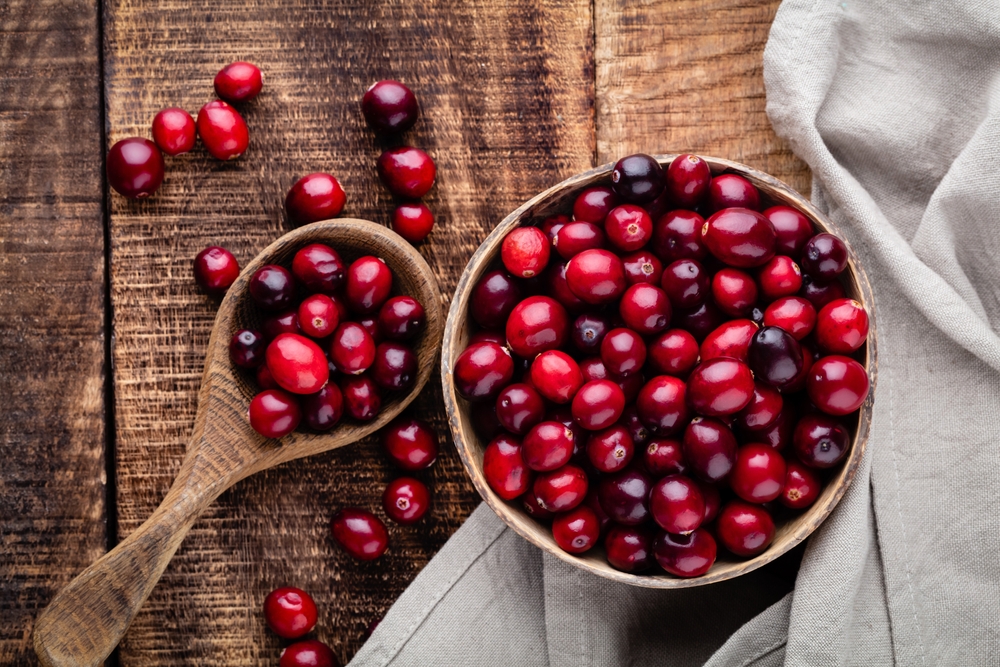
Cranberries are packed with antioxidants and vitamin C, making them a great addition to your fall diet. They are known for their ability to support urinary health and can be used in sauces, smoothies, or baked goods. Fresh cranberries are perfect for making homemade cranberry sauce, which pairs wonderfully with roasted meats like turkey. You can also add cranberries to salads for a tart contrast or make cranberry muffins for a seasonal treat.
To make cranberry sauce, combine fresh cranberries with sugar and water in a saucepan. Simmer for about 10 minutes until the cranberries burst and the sauce thickens. Stir in orange zest or cinnamon for extra flavor. Serve alongside roasted meats or use as a topping for desserts. Homemade cranberry sauce is a simple and delicious way to enjoy this superfood.
Figs
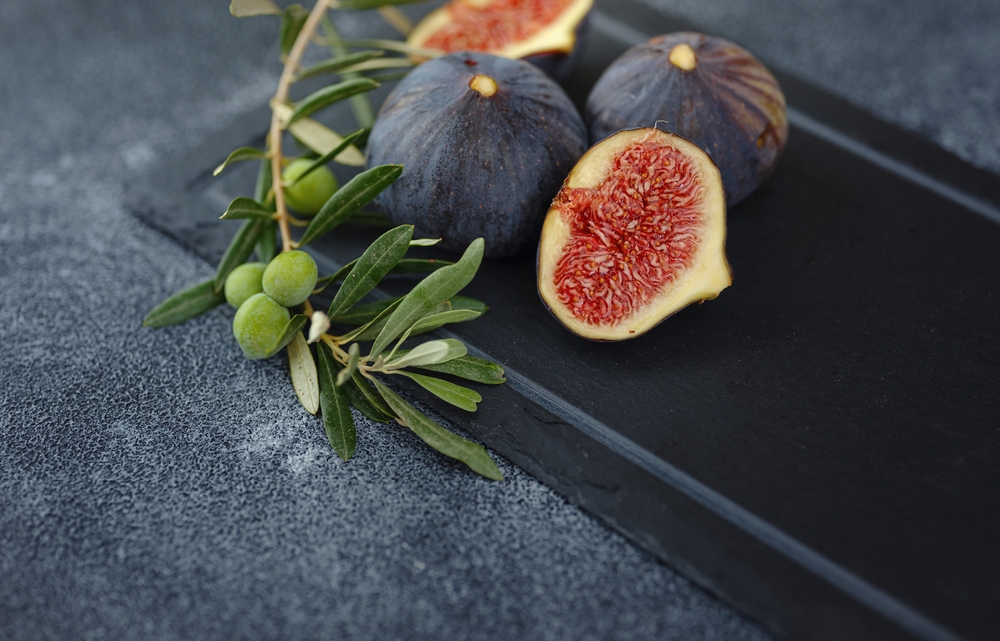
Figs are a great source of fiber, potassium, and antioxidants, which help to improve digestion and heart health. Their natural sweetness pairs well with both sweet and savory dishes. Figs can be enjoyed fresh, dried, or used in jams. A classic fall dish is roasted figs paired with goat cheese or wrapped in prosciutto. Figs are also delicious when added to baked goods like cakes or tarts.
To make roasted figs, cut them in half and drizzle with honey and balsamic vinegar. Roast at 375°F for about 12 minutes until tender. Serve the roasted figs with goat cheese or wrap them in prosciutto for a savory treat. You can also add them to salads or use them in fall desserts. The sweetness of figs makes them an excellent ingredient for seasonal dishes.
Pomegranates
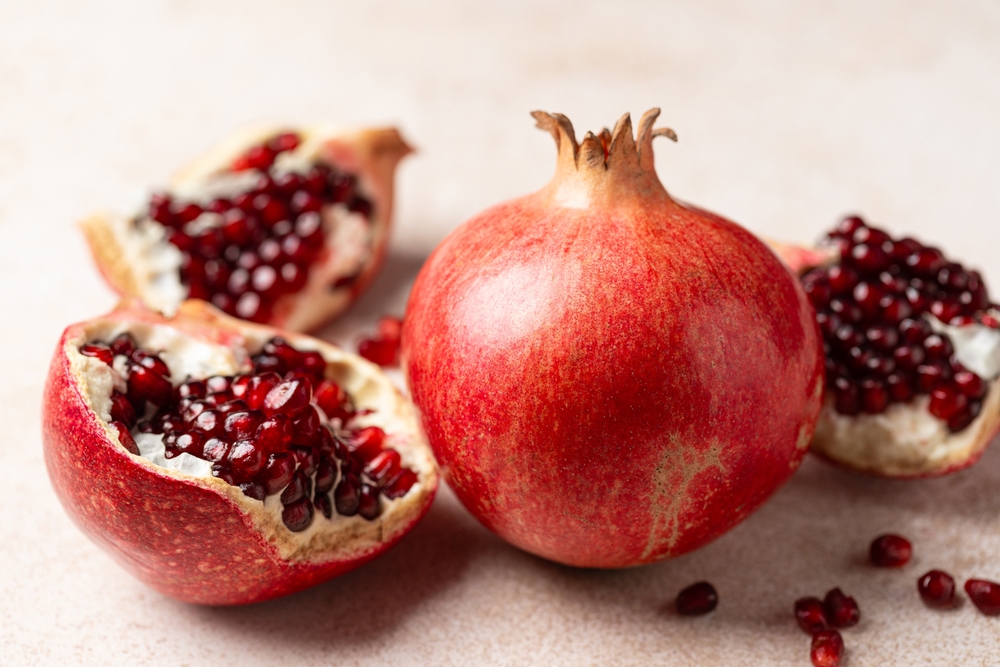
Pomegranates are high in vitamin C and antioxidants, which are important for boosting your immune system in the fall. The juicy seeds can be added to salads, yogurt, or even baked goods. Pomegranate juice is also a refreshing beverage for cooler days. You can use pomegranate seeds to brighten up savory dishes like grain bowls or roasted vegetables. The seeds also make a perfect garnish for fall desserts.
To prepare a pomegranate, cut it in half and tap the back with a spoon to release the seeds. Add the seeds to salads or mix them into yogurt for added flavor and texture. You can also sprinkle them over roasted vegetables or add them to grain bowls. For a fall dessert, top cakes or pies with pomegranate seeds for a festive touch. Enjoy the health benefits and sweet-tart flavor of this fall superfood.
Beets
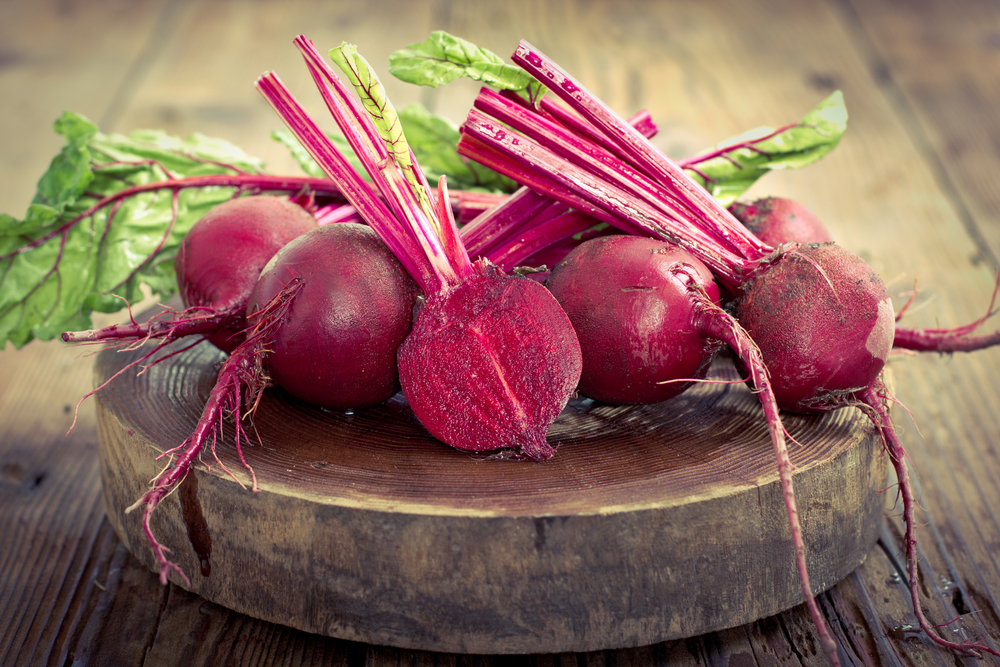
Beets are rich in fiber, folate, and vitamin C, making them a nutritious addition to your fall meals. They are perfect for roasting, mashing, or adding to salads. The natural sweetness of beets pairs well with tangy vinaigrettes and creamy goat cheese. Roasted beets make a colorful and nutritious side dish or can be blended into soups for added richness. Beets can also be pickled for a tangy addition to salads or sandwiches.
To roast beets, wrap them in foil and bake at 400°F for 45 minutes until tender. Peel the skin off and slice them into rounds. Toss with goat cheese, walnuts, and a vinaigrette dressing for a simple salad. You can also add roasted beets to soups for extra texture. Enjoy this earthy, nutrient-rich vegetable in your fall meals.
Carrots
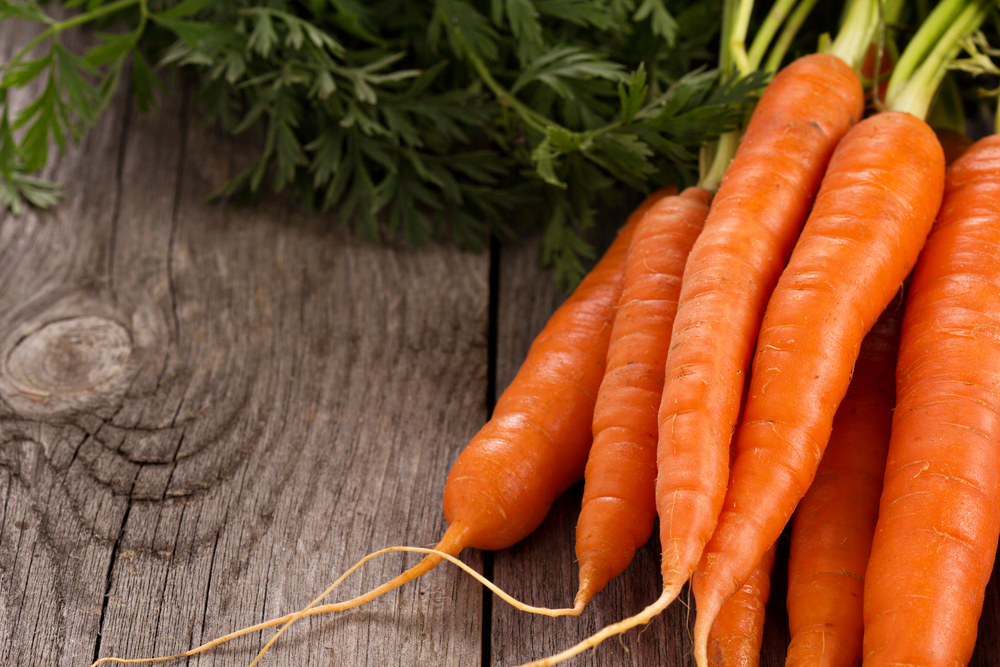
Carrots are an excellent source of beta-carotene, which helps maintain good vision and supports immune function. They are versatile and can be roasted, steamed, or used in soups and stews. Carrots are naturally sweet and pair well with autumn spices like cinnamon and ginger. A popular fall dish is roasted carrots with honey and thyme, offering a balance of sweetness and savory flavors. Carrots can also be used in baked goods like cakes or muffins.
To make roasted carrots, peel and cut them into sticks, then toss with olive oil, honey, thyme, and a pinch of salt. Roast at 375°F for 25-30 minutes until tender and caramelized. These roasted carrots can be served as a side dish or added to salads. Carrots also make a great addition to soups and stews. Enjoy their natural sweetness and health benefits this fall.
Mushrooms
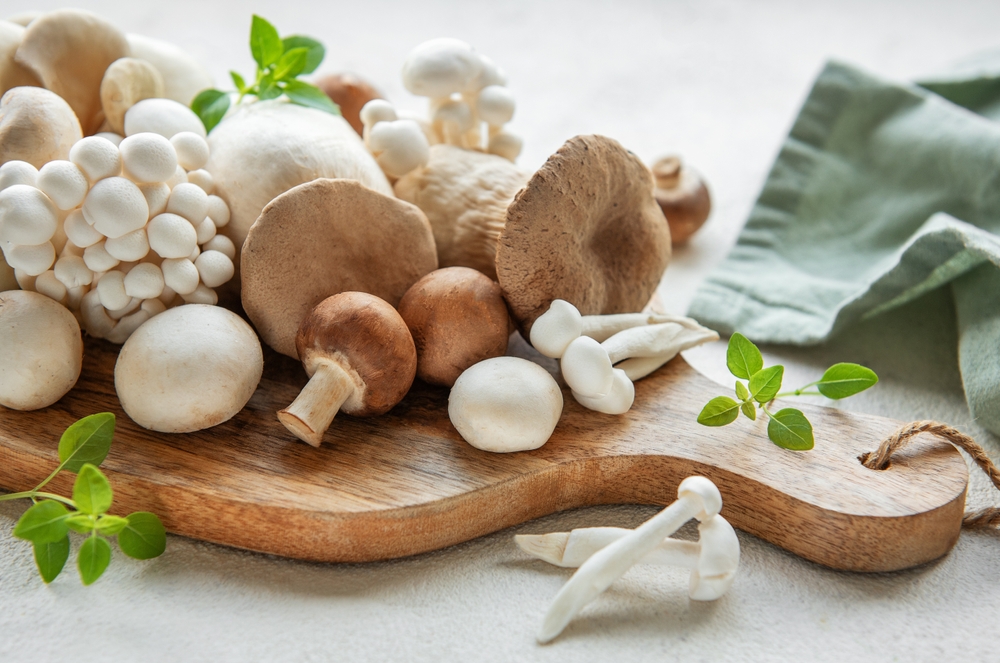
Mushrooms are a good source of vitamin D, which is especially beneficial during the fall when sunlight is limited. They add umami flavor to dishes and are perfect for soups, risottos, or sautéing. Wild mushrooms, like chanterelles and shiitakes, are in season during the fall and can elevate any meal. A classic fall dish is mushroom risotto, which is comforting and rich. Mushrooms also work well in vegetarian dishes as a meat substitute.
To make mushroom risotto, sauté onions and garlic in olive oil, then add sliced mushrooms and cook until tender. Stir in Arborio rice and slowly add vegetable broth, stirring frequently, until the rice is tender and creamy. Season with salt, pepper, and Parmesan cheese for a rich flavor. Serve as a side dish or main course. The earthy taste of mushrooms makes this dish perfect for the fall.
Collard Greens
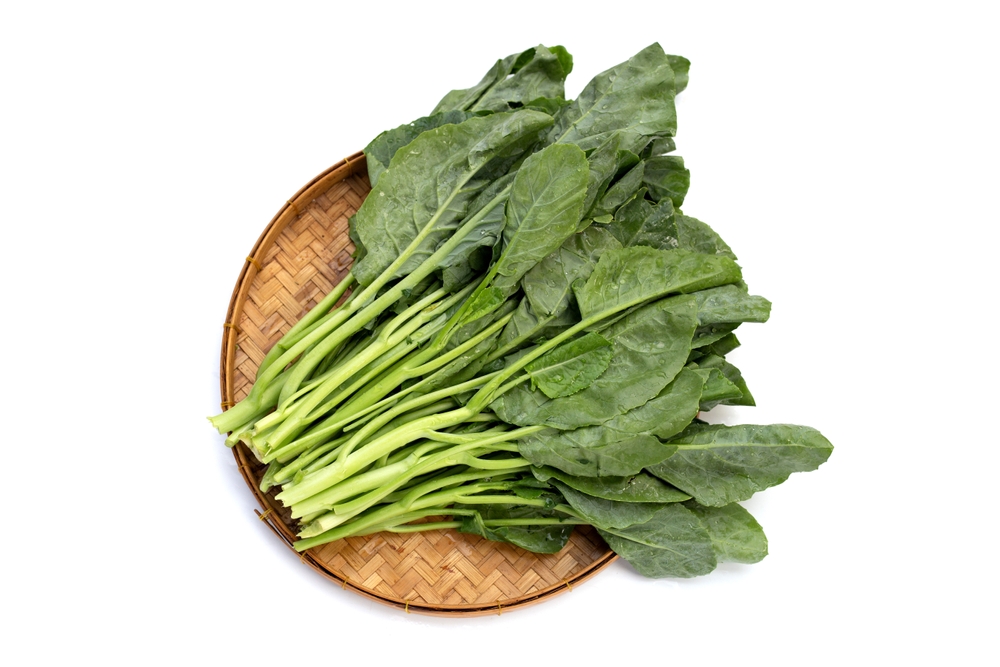
Collard greens are high in vitamins A, C, and K, and are a great source of calcium. They are often used in Southern cooking and are perfect for fall meals. Collard greens are great when slow-cooked with smoked meats or added to stews for extra flavor. A classic dish is slow-cooked collard greens, which are flavorful and tender. They also make a great addition to salads and grain bowls.
To cook collard greens, wash and remove the stems, then chop the leaves into bite-sized pieces. Sauté onions and garlic in olive oil before adding the greens. Pour in vegetable broth and simmer for 30-45 minutes until the greens are tender. Season with salt, pepper, and a splash of vinegar. Serve as a side dish or mix into salads.
This article originally appeared on Avocadu.
